Traveling to Iran with Children: Is Iran Safe for Families?
Traveling with children can be a thrilling yet challenging adventure, especially when the destination is as captivating and diverse as Iran.
With its ancient history, vibrant culture, and welcoming people, Iran offers a unique experience for families. However, safety and family-friendliness are crucial considerations for any parent planning such a trip.
This blog aims to address common misconceptions and provide essential information for families looking to explore Iran, ensuring a journey that is both enchanting and reassuring.
Is Iran safe to travel with family?
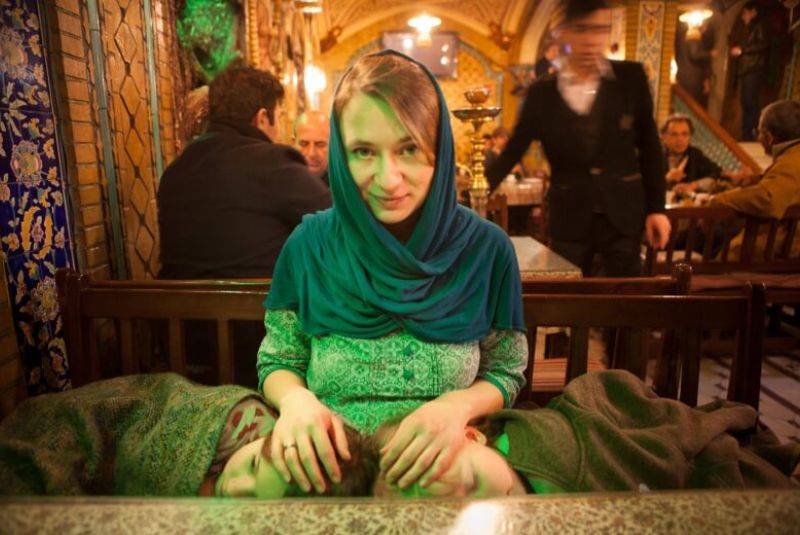
The perception of Iran as a family- friendly destination varies, depending largely on personal experiences and comparisons with other countries. However, many factors make Iran a suitable and welcoming destination for families.
In large cities like Tehran, there are ample facilities for children. Changing rooms are available in metro stations and malls, and most restaurants in these cities provide high chairs and changing rooms.
Parks and playgrounds are plentiful, providing safe and enjoyable spaces for children to play. Picnicking is a popular Iranian pastime, especially in the warmer months, and families often gather in parks where children can socialize and have fun.
What truly enhances the experience for families is the Iranian people. Iranians have a profound love for children and often go out of their way to entertain and make them feel comfortable. This cultural trait helps mitigate the fact that many tourist attractions in Iran are historical sites, which might not always captivate younger children.
Things to Know Before Visiting Iran with Family
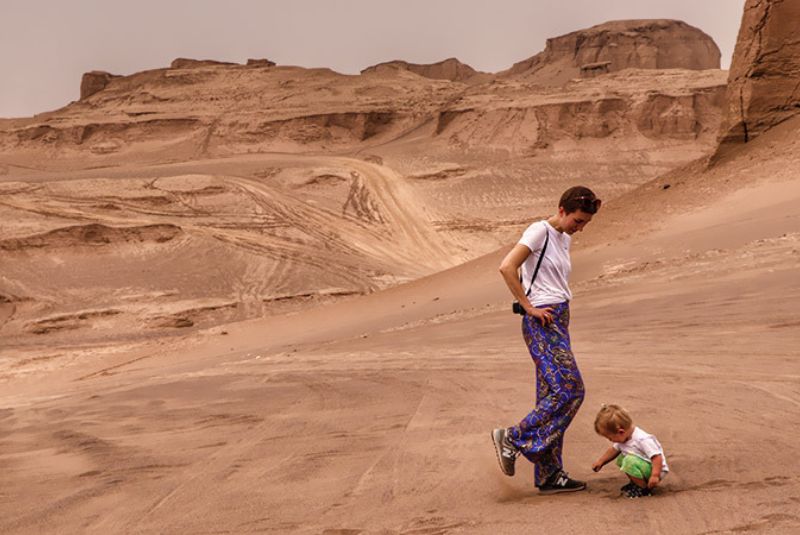
Iran Visa
All visitors, regardless of age, need a visa to enter Iran. The process and requirements vary depending on nationality, so it’s best to check the latest updates and contact relevant authorities or travel agents for assistance. Ensure you obtain visas well in advance to avoid any last-minute hassles.
Insurance
Travel insurance is a must for any international trip, including Iran. If your current insurance doesn’t cover Iran, you can purchase Iranian travel insurance online or upon arrival at Imam Khomeini International Airport (IKA). This ensures you are covered for any medical or travel-related emergencies.
General Preparations
- Vaccinations: Stay updated with routine vaccines and any specific ones recommended for Iran.
- Reservations: Book accommodations and transportation well ahead of time to secure your plans.
- Apps and Entertainment: Download suitable apps for your children’s entertainment during long travel periods.
- Research: Familiarize yourself with the destination, cultural norms, and local practices.
- Emergency Contacts: Keep a list of emergency contacts, including the local embassy or consulate, healthcare facilities, and your accommodation’s contact information.
- Local Assistance: In case of emergencies, seek help from shopkeepers or uniformed officials. The emergency number in Iran is 110, but English-speaking operators may not always be available.
Dress Codes
Iran’s dress code laws require women to wear a headscarf and modest clothing. However, these rules do not apply to young children. Girls under 10 are not required to wear a hijab, and dress codes for older children are more relaxed in large cities like Tehran but should be observed in religious cities such as Mashhad, Qom, and Kashan.
Accommodation
Choose family-friendly accommodations that offer amenities like cribs, high chairs, and play areas. Staying in reputable hotels can also ensure better hygiene and safety standards.
Weather Considerations
Iran’s climate varies greatly across regions. The cities on the classic travel route typically experience hot and dry summers, making spring and fall the best seasons to visit. Winters can be harsh, with potential blizzards and road closures, while air pollution peaks in late fall and winter, particularly in Tehran.
Air Pollution
Major cities in Iran, including Tehran, struggle with air pollution, especially during fall and winter. Plan your visit during times of lower pollution levels to ensure better health for your children.
Sun Care
Regardless of the season, always have sunscreen, hats, and sunglasses for your children. Even in milder temperatures, the sun can cause burns on delicate skin. In warmer areas, be prepared for mosquitos as well.
Transportation Options
- Buses: VIP buses are more comfortable with fewer and wider seats.
- Trains: Railbuses with seats or sleeping cars are comfortable but take longer than buses.
- Flights: Available between major cities and more expensive but faster.
Road Conditions
Main roads are generally in good condition, but be cautious of other drivers. Rural roads can be tricky and less pleasant to drive on.
Public Transport
The Tehran Metro and BRT are clean, frequent, and reliable, with designated sections for women. Avoid the subway during rush hours to prevent overcrowding. While public transport is efficient, hiring a private driver or joining guided tours can provide a more comfortable and flexible travel experience for families.
Cultural Norms
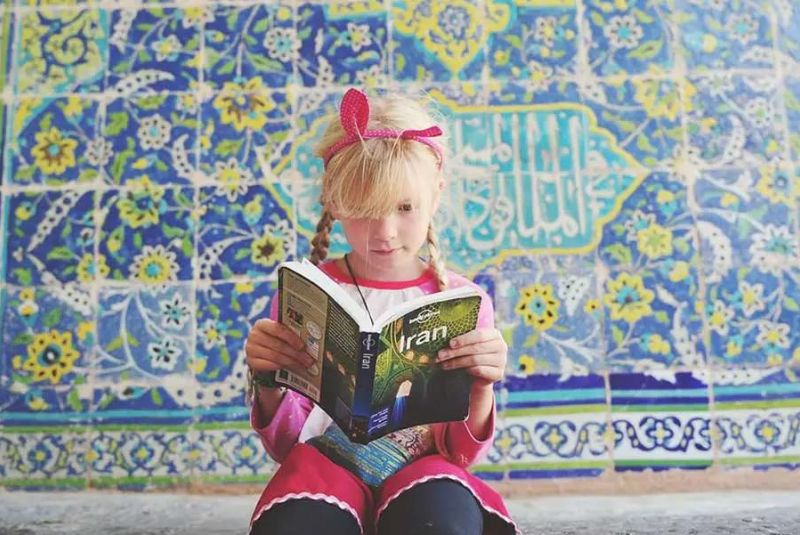
Iranian Hospitality
Iranians adore children and may often compliment or even touch them. Politely decline if you’re uncomfortable with this. Be prepared for strangers offering candy to your children as a gesture of kindness.
Tarof
Tarof is a complex form of politeness where people offer things they may not mean to give. Refuse offers twice to determine sincerity.
Nazri
Nazri is food given out for religious reasons, especially during Muharram. Accepting and consuming Nazri food is safe and considered a gesture of respect.
Kids Crying in Public
Iranian society is generally very understanding and tolerant of children’s behavior in public. It’s not uncommon to see families in theaters or cinemas with young children who might cry or throw tantrums.
This cultural acceptance means parents don’t need to feel embarrassed or uncomfortable if their child acts out in public. Strangers might even attempt to soothe a distressed child, reflecting the community’s warmth and affection towards children.
Breastfeeding in Public
Breastfeeding in public is widely accepted in Iran. Many mothers feed their babies in public spaces, taking care to cover their breasts as much as possible, often using a headscarf.
There are no legal restrictions against public breastfeeding, so mothers can feel comfortable and confident when attending to their child’s needs in public.
Safety Precautions
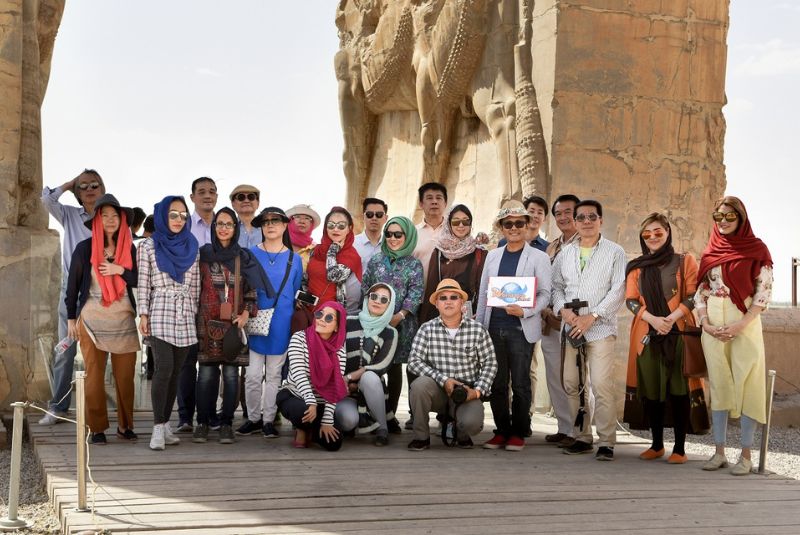
Crowded Areas
Hold your child’s hand in crowded places like bazaars to prevent them from getting lost. Have the hotel’s address and phone number written and placed in your child’s pocket.
Emergency Preparations
In case of a missing child, ask shopkeepers or uniformed officials for help. The emergency number is 110, but finding an English-speaking operator can be difficult.
Crossing Streets
Crossing busy streets in Tehran can be challenging. Hold your child’s hand firmly and be cautious.
Stroller Accessible Trails
Sidewalks in Iranian cities are generally suitable for strollers, although occasional obstacles intended to block motorcycles might pose minor inconveniences. Despite these challenges, bringing a stroller is advisable for navigating city streets and parks.
Food and Personal Care

Water
In most major cities, tap water is potable, but it’s advisable to use bottled water for your children. Bottled water is cheap and readily available everywhere.
Food
Finding baby food in jars can be challenging, especially for international brands. In Tehran, you might find them in mega supermarkets like Hypermarkets. For baby formula and cereals, pharmacies stock these items but at higher prices.
Fresh milk and various flavored milk products are available in most places. For older children, finding familiar, kid-friendly food might be challenging. Stick to safe options and avoid street food.
Fruits and Vegetables
Fresh produce is easily available, but ensure thorough washing to remove any pesticide residues. This precaution is especially important for young children.
Sanitation
Sanitation standards can vary, and in crowded cities like Tehran, finding clean public toilets can be difficult. Carry sanitizer, wipes, liquid soap, and toilet paper. Familiarize your children with squatting toilets as Western-style toilets may not be common outside hotels.
Medications
Bring a sufficient supply of any necessary medications, as finding exact matches in Iran can be difficult due to international sanctions.
Baby Care
Diapers are available in major supermarkets, but stock up when traveling to rural areas. Diaper-changing facilities are rare; however, you can find “mother and baby” rooms in some metro stations and shopping malls. For breastfeeding in public, look for quiet corners to avoid drawing attention.
Best Things to Do in Tehran with Kids
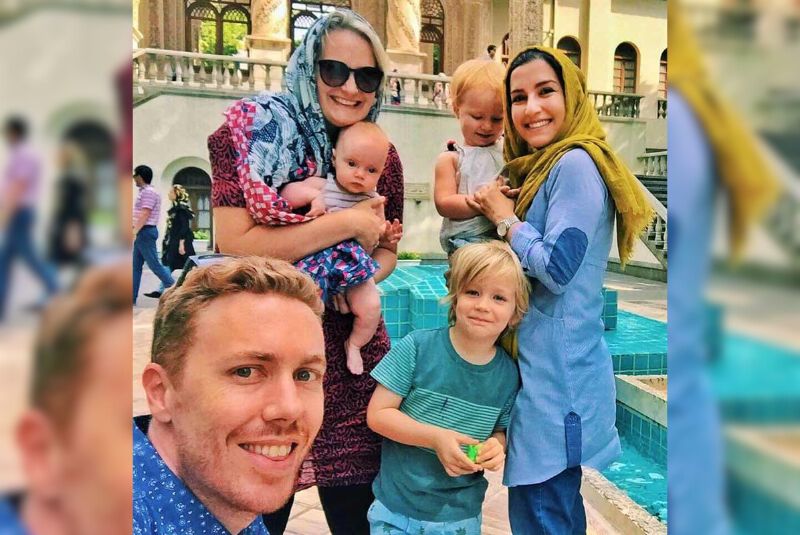
Outdoor Activities
Tehran is known for its outdoor culture, with families often gathering in parks for picnics and play. The city offers numerous parks and green spaces where children can run and play freely.
Cultural Adventures
Tehran’s western and northwestern neighborhoods have a more modern vibe, with parks and shopping centers featuring playhouses. Eastern Tehran, while less affluent, offers a rich community spirit with small parks and family-friendly squares.
Shopping Centers
- Shaparak Shopping Center: A five-story haven for children, offering clothes, toys, a playhouse, and even an acting school.
- Arg, Palladium, Tirajeh, and Kourosh Malls: These malls have playhouses and kid-friendly areas for endless fun.
Museums
Tehran has several child-friendly museums:
- International Dolls Museum and the Museum of Iranian Dolls and Culture: These museums provide a glimpse into diverse cultures through dolls and toys.
- Nature and Wildlife Museum of Daarabad: Featuring a collection of taxidermied animals, it’s a hit with curious kids.
Unique Experiences
- Bilino: A construction-themed park where children can operate scaled-down machinery.
- Birds Garden: Home to over 55 bird species, this sanctuary offers an immersive experience.
- Traffic Parks: Teach road safety with kid-sized electric vehicles in 13 parks across the city.
Astronomy
The observatory in Zaferanieh offers educational classes and stargazing opportunities for young astronomers.
Amusement Parks
- Eram Park: An outdoor amusement park.
- Indoor Centers like Donyaye Bazi and Fereshteha: These centers have rides, video games, and bumper cars.
Book Centers
- Book Garden: Iran’s largest book center, featuring interactive facilities and located near the National Library.
Parks and Gardens
- Ab o Atash Park: Combines water and fire elements with a play area for children.
- Park Pardisan: Popular for running, biking, and kite flying.
- The National Botanical Garden: Showcases over 4000 types of flora.
Important Things to Consider
- Visa Requirements: Every traveler, regardless of age, needs an Iran tourist visa and travel insurance. Ensure you apply for visas for your children as well.
- Prescription Drugs: Bring enough prescription medication for your children, as finding exact equivalents in Iranian pharmacies can be challenging.
- Baby Essentials: Diapers, cereals, baby milk, and other necessities are available in supermarkets and drugstores.
- Restaurant Choices: Stick to well-known restaurants to avoid foodborne illnesses. Roadside eateries might not always meet high health standards.
- Air Pollution: Major cities like Tehran and Isfahan can have high pollution levels. During such times, it’s advisable for children, the elderly, and those with respiratory issues to wear masks.
- Toilet Facilities: While Western-style toilets are available in hotels, shopping centers, and most restaurants, it’s useful to teach your children how to use squat toilets for convenience.
- Dress Code for Older Children: Girls older than 14 must wear a hijab and modest clothing in public. The dress code for boys is less strict but generally avoids sleeveless shirts and shorts.
- Tour Selection: Opt for tours with lower physical demands, such as cultural or skiing tours, rather than trekking tours, which might be too strenuous for young children.
- Documentation: Keep digital and physical copies of all important documents, including passports, visas, and travel insurance.
- Research: Familiarize yourself with Iranian culture, language, and customs to enhance your travel experience and ease interactions.
- Currency: Learn about Iran’s currency and exchange rates.
- Language: Learn some basic Farsi phrases, especially for allergies or food preferences.
- Internet Access: Install a VPN before entering Iran to access blocked social media and websites.
- Public Behavior: Educate your children about the cultural norms regarding public behavior, especially in religious or conservative areas.
Bottom Line
Traveling to Iran with children is an adventure filled with unique experiences and cultural enrichment. Despite some challenges, Iran is a remarkably welcoming and family-friendly destination.
By understanding the local customs, preparing adequately, and embracing the warmth of the Iranian people, families can enjoy a safe, enjoyable, and memorable journey.
The key is to approach the trip with an open mind, flexibility, and a sense of adventure, allowing you and your children to fully experience the wonders of Iran.
Share your story!
Comment below and let us know about your Experience.
Your story inspires others!


Comment
Leave a Comment